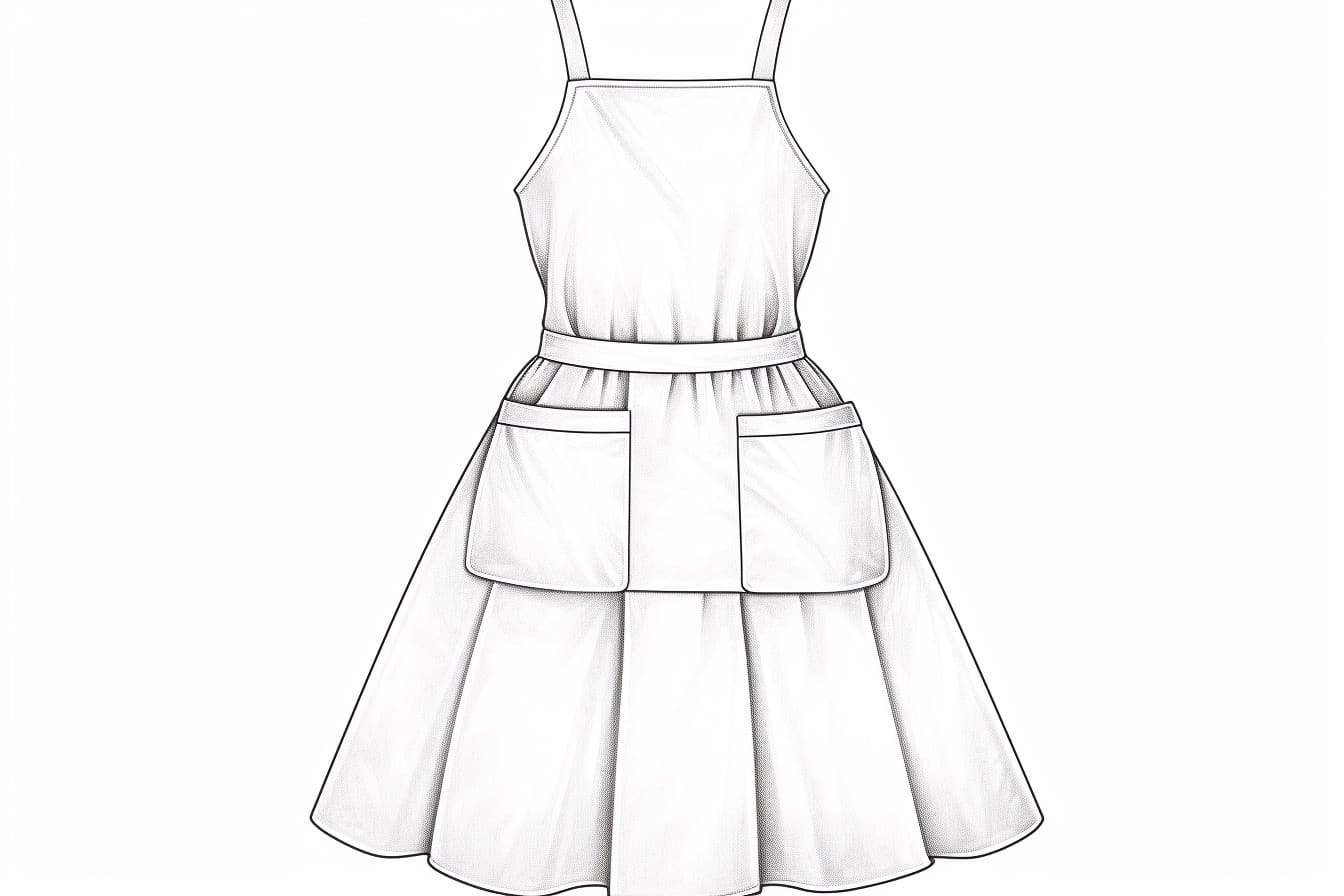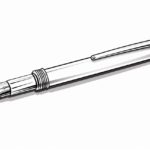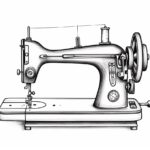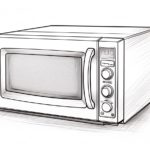Welcome to the world of artistry and creativity! Today, we delve into the essential tool for any aspiring artist – the drawing apron. An often overlooked accessory, the drawing apron is not just a practical item to protect your clothes from paint and charcoal stains, but a symbol of dedication and commitment to your craft. In this guide, we will explore the different types of drawing aprons, their features, and how they can enhance your artistic process. So grab your favorite pencils and let’s dive into the world of drawing aprons!
Materials Required
To draw an apron, you will need the following materials:
- Drawing paper or sketchbook
- Pencil
- Eraser
- Ruler (optional, for straight lines)
- Colored pencils, markers, or paints (optional, for adding color)
- Reference image of an apron (optional, for inspiration)
These materials will help you create a detailed and realistic drawing of an apron. Feel free to add any additional materials or tools that you prefer to use in your drawings.
How to Draw an Apron: a Step-by-step Guide
Step 1: Gather Your Materials
Gather the necessary materials such as a pencil, eraser, paper, ruler, and your choice of coloring materials if you wish to add color to your drawing.
Step 2: Draw the Basic Shape of the Apron
Start by drawing a rectangle to represent the main body of the apron. Use your ruler to ensure straight lines and proper proportions. This rectangle will serve as the base shape for the apron.
Step 3: Add the Neck Straps
From the top corners of the rectangle, draw two diagonal lines that converge towards the center. These lines will represent the neck straps of the apron. You can make them straight or slightly curved, depending on the design you prefer.
Step 4: Include the Waist Ties
Extend lines from the bottom corners of the rectangle to create the waist ties of the apron. These lines can be straight or slightly curved, and they should reach beyond the sides of the main body of the apron.
Step 5: Add Pockets (Optional)
If you want to include pockets on the apron, draw smaller rectangles or curved shapes on the main body of the apron. You can place them on the lower part of the apron for practicality.
Step 6: Refine the Details
Add any additional details to your apron, such as stitching lines, patterns, or embellishments to make it more visually interesting. You can also refine the shape and proportions of the apron as needed.
Step 7: Erase Unnecessary Lines
Once you are satisfied with the overall look of your apron, carefully erase any unnecessary pencil lines to clean up the drawing and make it ready for coloring (if desired).
Step 8: Color and Shade (Optional)
If you want to add color to your apron drawing, choose your preferred coloring materials and carefully color in your design. Consider adding shading to create depth and dimension, especially around folds and creases in the fabric.
Step 9: Final Touches
Once you have finished coloring and shading, step back and review your apron drawing. Make any final adjustments or additions to enhance the overall appearance of your artwork.
Step 10: Sign and Date
Sign your drawing with your name or initials and date it to mark the completion of your apron illustration. Congratulations on creating your apron drawing!
Conclusion
In conclusion, drawing an apron can be a fun and rewarding artistic endeavor. By following the step-by-step instructions outlined in this article, you can create a realistic and detailed representation of an apron. Remember to pay attention to proportions, details, and shading to bring your drawing to life. Practice makes perfect, so don’t be afraid to experiment and refine your technique. With time and dedication, you can master the art of drawing an apron and enhance your artistic skills. Happy drawing!
Fun Facts About Aprons
- Aprons have been used for centuries, with evidence of them dating back to ancient times in various cultures around the world.
- The word “apron” is derived from the French word “naperon,” meaning a small tablecloth or napkin.
- Aprons were traditionally worn by both men and women, but over time, they have become more commonly associated with women and domestic tasks.
- Aprons serve a practical purpose by protecting clothing from stains, spills, and splatters while cooking, gardening, crafting, or working in various industries.
- Aprons come in a wide range of styles, including bib aprons, waist aprons, cobbler aprons, and full-length aprons, each designed for specific uses and preferences.
- Aprons are not just functional but also fashionable, with many modern designs featuring colorful patterns, quirky prints, and personalized embroidery.
- Aprons have become a popular accessory in the culinary world, with professional chefs often wearing them as part of their uniform to maintain cleanliness and professionalism in the kitchen.
- Aprons are also commonly used in arts and crafts activities to protect clothing from paint, glue, and other messy materials.
- Aprons have been a symbol of domesticity and hospitality, with the act of tying on an apron seen as a gesture of welcoming guests into one’s home.
- Aprons have evolved over time to reflect changing social norms and trends, with some aprons now incorporating modern features like pockets, adjustable straps, and water-resistant materials.
Suggestions for Scenes and Settings for Apron Drawings
- Apron in a bustling kitchen setting, surrounded by various cooking utensils and ingredients, perhaps stirring a pot on the stove.
- Apron in a serene garden setting, tending to blooming flowers or harvesting fresh produce.
- Apron in a cozy cafe setting, serving customers with a warm smile and a tray of delicious pastries.
- Apron in a lively farmer’s market setting, showcasing a colorful array of fruits and vegetables at a bustling stall.
- Apron in a whimsical bakery setting, decorating a cake with intricate designs and vibrant frosting.
- Apron in a festive holiday kitchen setting, baking cookies or preparing a traditional meal with family and friends.
- Apron in a sophisticated restaurant setting, presenting a beautifully plated dish to a discerning diner.
- Apron in a rustic outdoor setting, grilling over an open flame or enjoying a picnic in the countryside.
- Apron in a creative art studio setting, splattered with paint or clay while working on a masterpiece.
- Apron in a vintage sewing room setting, surrounded by colorful fabrics and sewing supplies, creating a beautiful garment.









